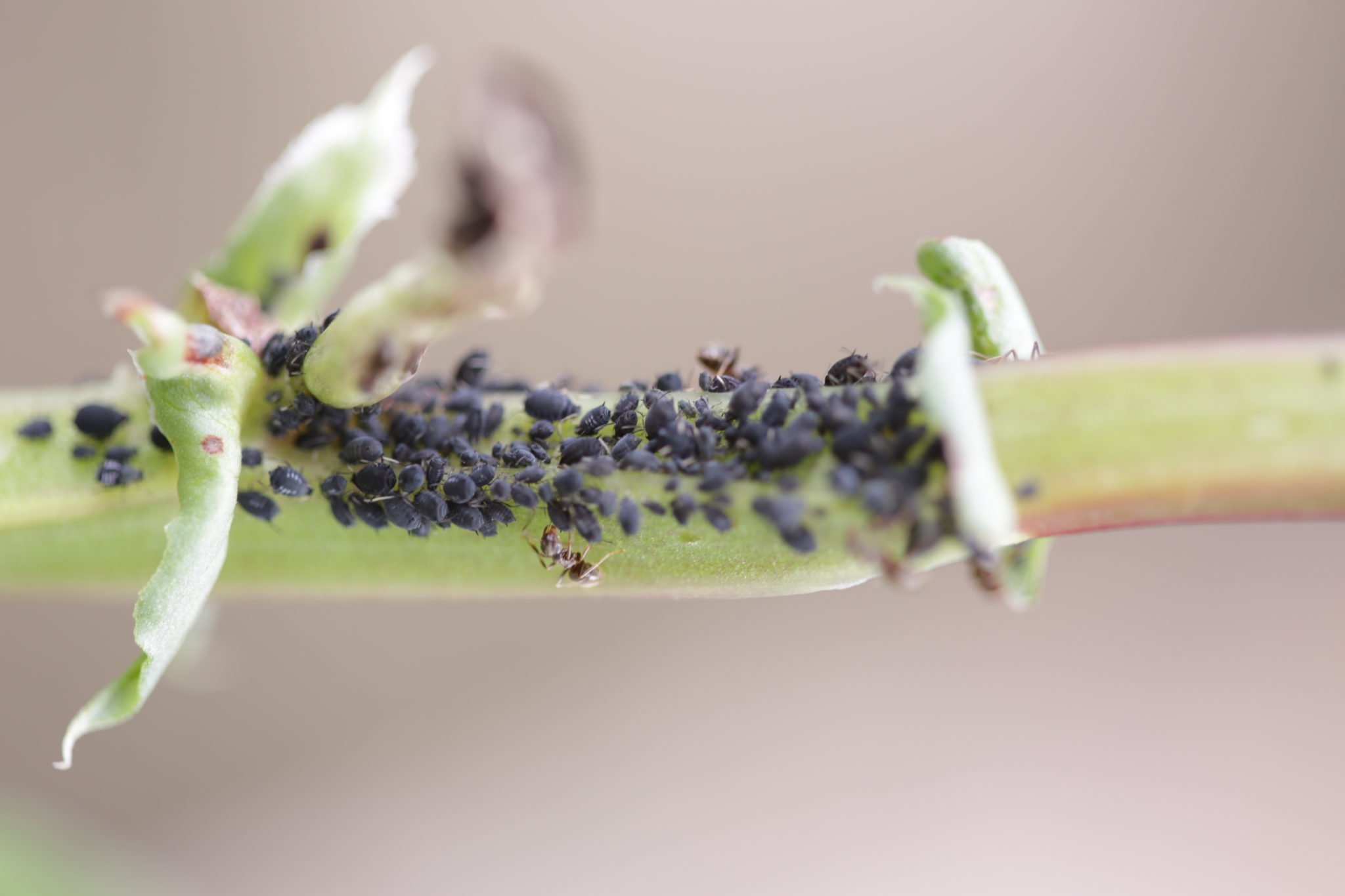A lot of people use the word ‘bugs’ to describe all insects but the word actually refers to a particular group of insects, many of which are very handy to have around the garden.
What do bugs do in my garden?
Often referred to as ‘true bugs’, many species can be seen as destructive in the garden, such as aphids or scale insects, which suck the juicy sap from plants. Other species are predatory and help keep other insect numbers down. Aquatic bugs can be a great addition to your garden pond, skating about on the pond’s surface and eating other insects, helping to keep populations under control. If nothing else, these insects provide a great source of food for birds and other garden inhabitants!
How are bugs distinguished from other insects?
One thing that all true bugs have in common is their sucking mouthparts which have developed to form a sort of ‘beak’, referred to as a ‘rostrum’. It is similar in many ways to a butterfly’s proboscis but with a much harder covering. These insects can also be separated out into two distinct groups, Heteroptera and Homoptera. These are distinguished by their wings, which in Heteroptera are horny or leathery at the base and membranous at the end. The Homoptera are all plant eaters and have no difference in texture across the wings. Their wings are either membranous or leathery all the way down.
What do bugs eat?
Many bugs use their proboscis like mouthparts to break through plant tissue and slurp out the tasty sap. These piercing mouthparts have allowed some bugs to become parasitic bloodsuckers, such as bedbugs, which can cause all sorts of problems if they make it into your home. Most other bugs are predatory, making a meal out of other insects and small vertebrates.
Bug facts
- The Scientific name for the Order, True Bugs, is Hemiptera. This word comes from Greek, literally meaning ‘half wing’
- There are around 1650 species of bug in Britain
- When handled, predatory assassin bugs make a screeching sound by rubbing their beak on a grooved section of their underside
- Some bugs are master high jumpers. Certain species of froghoppers can spring themselves up to 70cm into the air!

